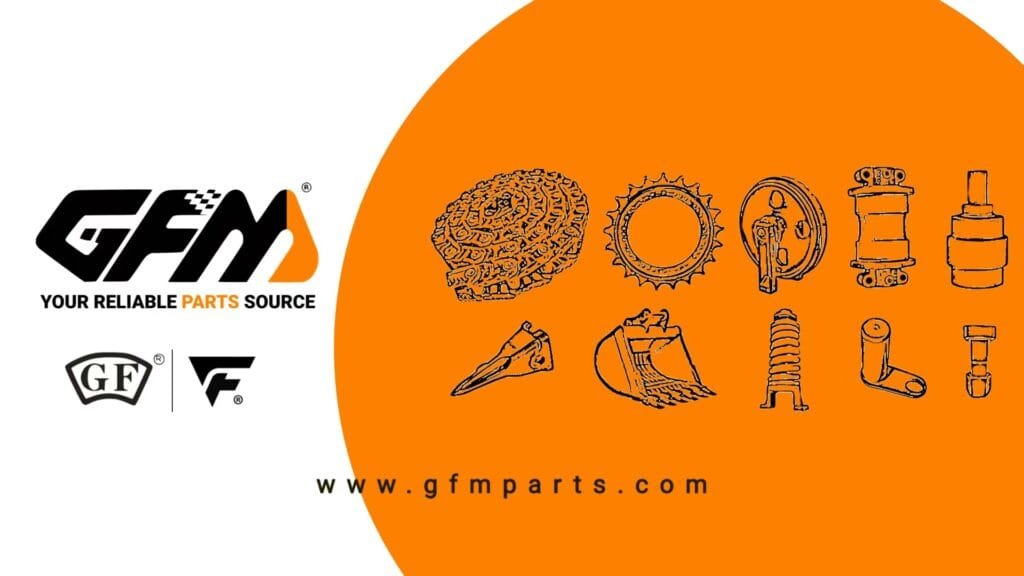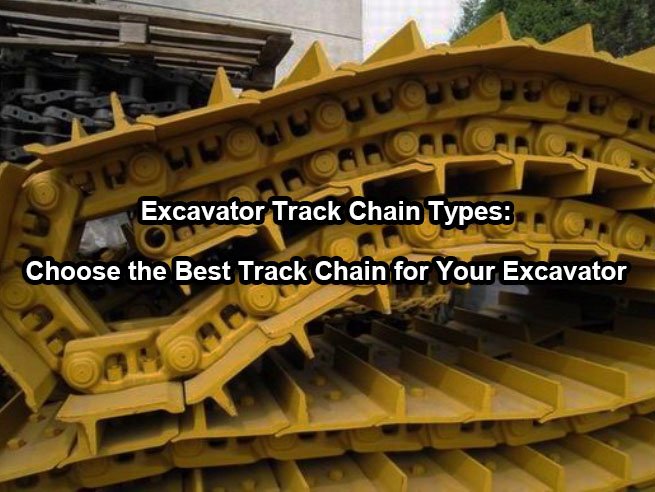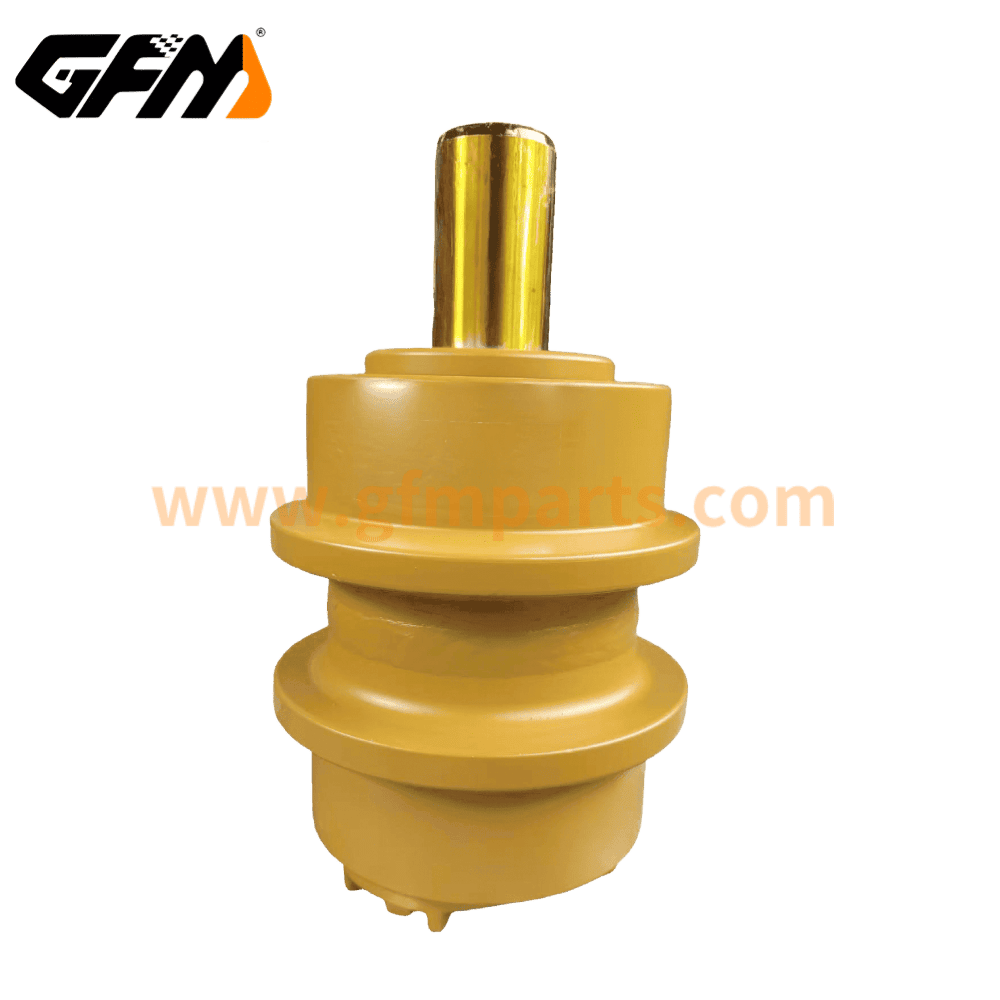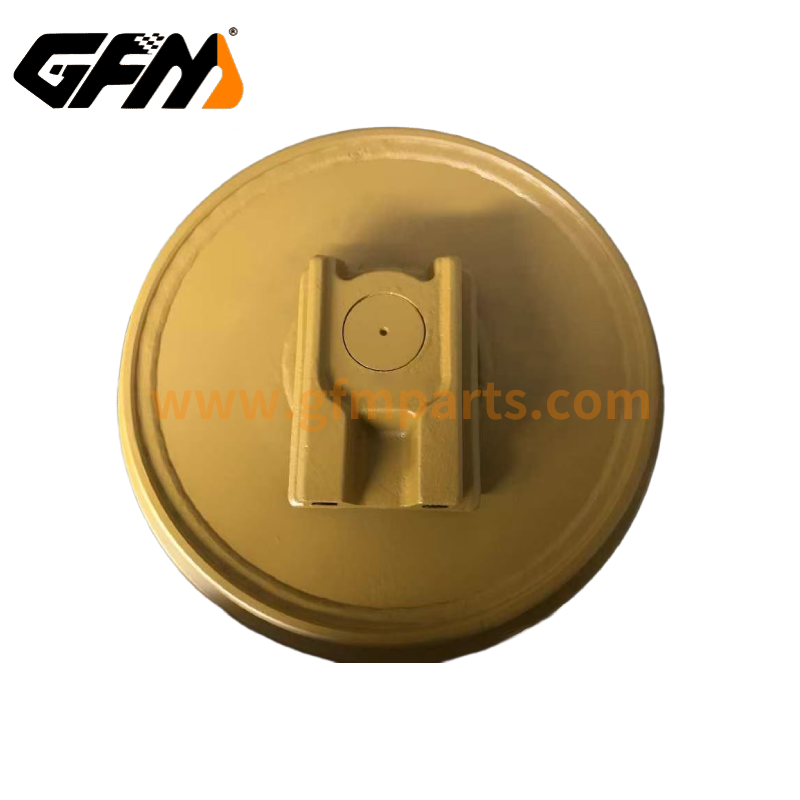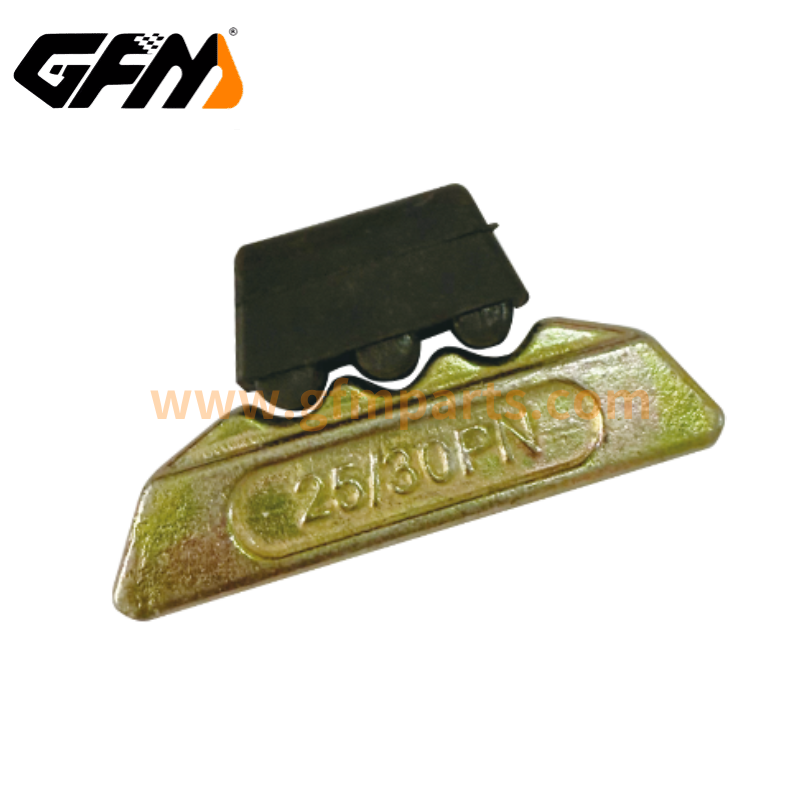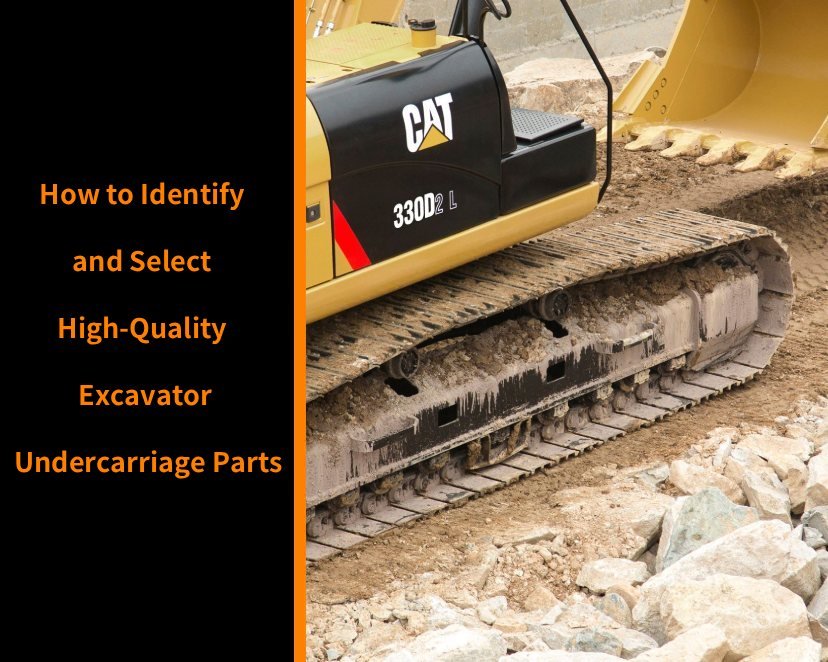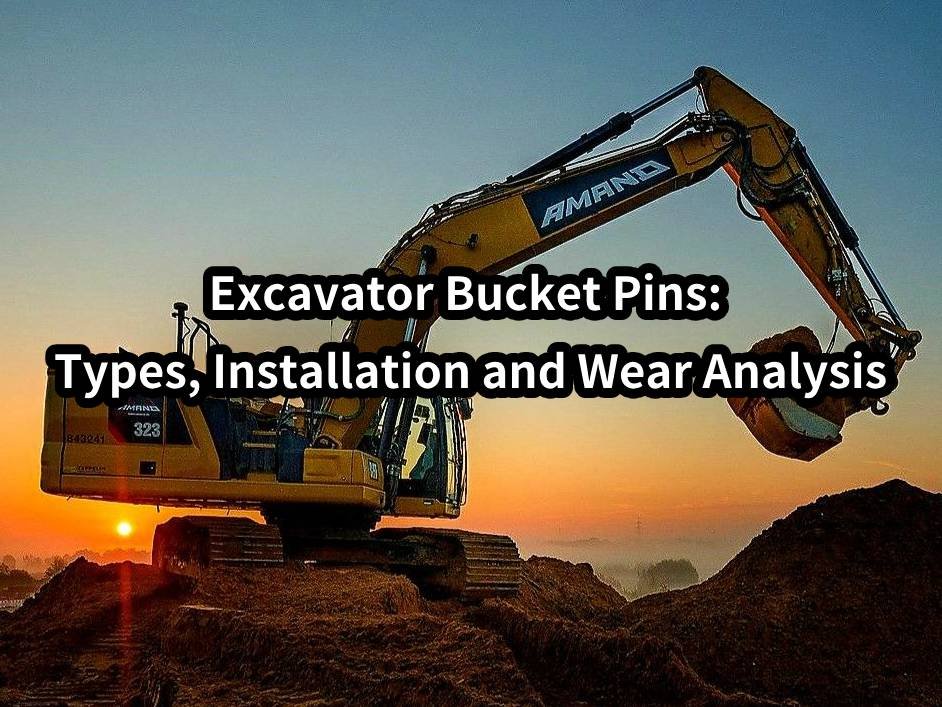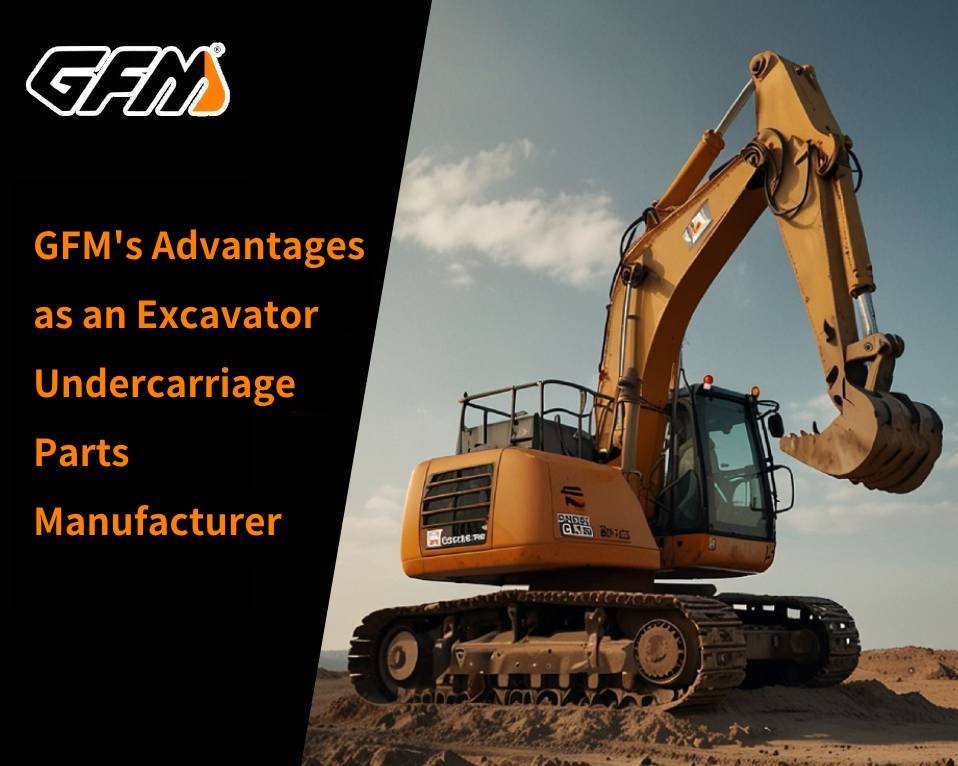In the maintenance and selection of heavy machinery, the choice of track chain is crucial. It not only directly affects the operating efficiency of the excavator, but is also closely related to the stability and service life of the machine. As an important part of the crawler system, the crawler chain undertakes the load-bearing and traction tasks of the excavator in various working environments.
What is a ekskavatör palet zinciri?
The track chain is a key component used to connect the track plates on heavy machinery such as excavators and bulldozers. It consists of multiple metal links and is responsible for transmitting power from the drive wheel to the crawler to achieve the functions of walking and working. The material, design and installation method of the crawler chain directly affect the operating efficiency and stability of the machine.
Common track chain types:
Standard Track Chains
The standard track chain is the most common type of crawler chain and is widely used in ordinary terrain and conventional engineering tasks. It is characterized by a sturdy structure, the ability to withstand large loads and traction, and is suitable for various soil conditions, including soft and harder ground.
- Uygulama senaryoları: Suitable for conventional working environments such as urban construction, mining, and earthwork.
- Avantajları: Low cost, simple maintenance, and strong wear resistance.
- Dezavantajları: Not suitable for extremely slippery or rugged ground, and relatively low load-bearing capacity.
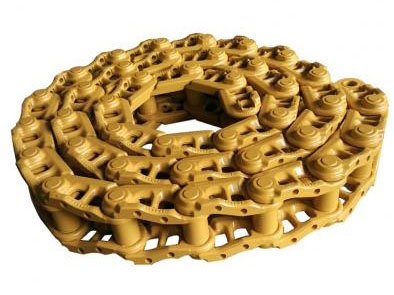
Wear-resistant Track Chains
Wear-resistant track chains are optimized on the basis of standard track chains, using materials with higher wear resistance, which can provide longer service life in more complex and harsh working environments.
- Uygulama senaryoları: Mines, heavy earthwork operations, high friction environments, etc.
- Avantajları: Stronger wear resistance, adaptable to complex working environments.
- Dezavantajları: High cost, more regular maintenance required.
Swamp Track Chains
Swamp track chains are designed for soft ground such as slippery and swampy land, with a larger ground contact area and stronger buoyancy, which can effectively prevent excavators from sinking into mud or soft soil.
- Uygulama senaryoları: Special working environments such as swamps, wetlands, and river banks.
- Avantajları: Excellent buoyancy and traction, which can effectively reduce the sinking of the machine.
- Dezavantajları: Sacrifices a certain amount of load-bearing capacity and has a relatively short service life.
Steel Track Chains
Steel track chains are made of high-strength steel and are suitable for projects that require high load-bearing capacity and high stability. Steel track chains are usually used in extreme environments such as mines and quarries and can withstand very high loads.
- Application scenarios: Extreme environments such as mining and heavy construction projects.
- Advantages: High strength, strong pressure resistance, and excellent load-bearing capacity.
- Disadvantages: Large weight, which may increase fuel consumption and maintenance costs.
Rubber Track Chains
Rubber track chains are made of a combination of rubber and metal materials and are widely used in small excavators and some operations that do not require high load-bearing capacity. They have low vibration and are suitable for use in urban streets or sensitive environments.
- Uygulama senaryoları: Urban construction, gardening, road repair and other operations that have high requirements on the ground.
- Avantajları: Low ground pressure, no damage to the ground, and low noise.
- Dezavantajları: Low load-bearing capacity and relatively weak durability.
Heavy-duty Track Chains
High-duty track chains are designed to improve durability and load-bearing capacity, and are made of special alloy materials to enable them to operate for a long time in harsh environments. Suitable for heavy machinery with high loads and high-intensity operations.
- Uygulama senaryoları: Large mines, demolition, heavy earthwork, etc.
- Avantajları: Extremely high load-bearing capacity, adaptable to extreme operating conditions.
- Dezavantajları: High procurement costs and maintenance requirements.
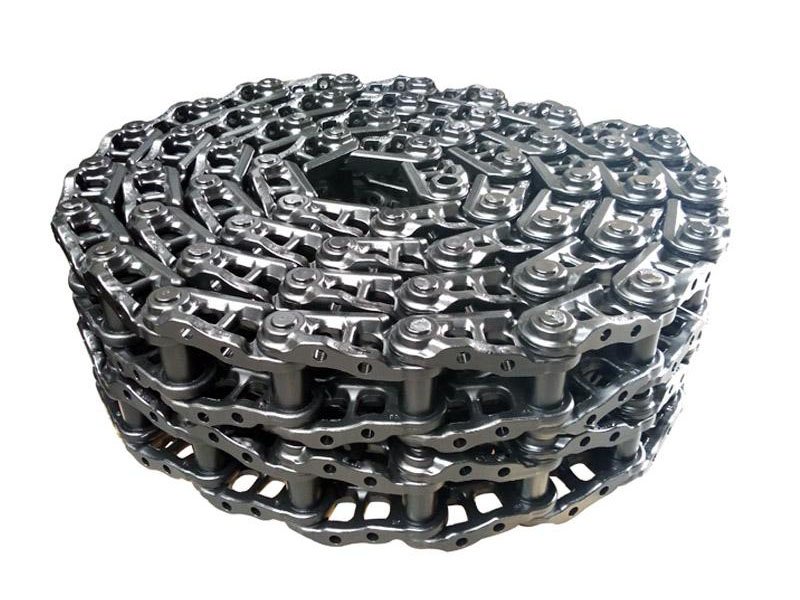
How to choose the right track chain?
There are several factors to consider when choosing the right track chain:
- Operating environment: Different types of track chains are suitable for different operating environments. You need to evaluate the operating terrain, soil conditions and working intensity.
- Machine load: According to the model of the excavator and the operating requirements, choose the right track chain to ensure safety and efficiency.
- Budget: The prices of different track chains vary greatly. You need to decide whether to choose a higher-performance track chain based on your budget.
- Repair and maintenance: High-performance track chains may require more maintenance work, and the long-term use cost should be considered when choosing.
| Hızlı ve ücretsiz bir teklif alın | E-posta: henry@gfmparts.com | Whatsapp: +86 17705953659 |
Track chain is an indispensable key component in the operation of heavy machinery such as excavators. Choosing a suitable parça bağlantı tertibatı can not only improve the working efficiency, but also extend the service life of the machine. According to different working environments and needs, you can choose the appropriate crawler chain type. Through the detailed analysis of this article, we hope to help you be more handy when choosing crawler chains and ensure the smooth progress of the project.
